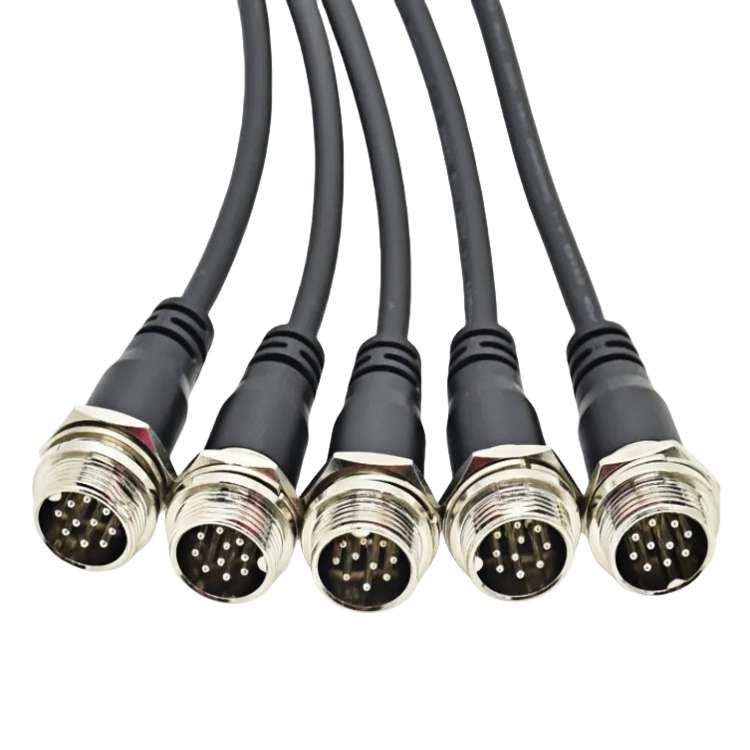Factors Influencing the Price of Aviation Cables
The price of aviation cables, critical components for aircraft safety and functionality, is shaped by a complex interplay of technical, economic, and regulatory factors. These cables must meet stringent performance standards while balancing cost efficiency. Below are the key drivers affecting their pricing:
1. Raw Material Costs
The primary raw materials for aviation cables—such as copper for conductors, fluoropolymers (e.g., PTFE) for insulation, and specialized alloys for shielding—are subject to global market fluctuations. For instance:
Copper prices, which account for ~60% of cable production costs, are highly volatile due to geopolitical tensions, mining output, and industrial demand.
Fluoropolymers and lightweight composites (e.g., GORE® SKYFLEX®) add premium costs due to their high-temperature resistance and durability.
Fluctuations in aluminum and rare-earth metals (for shielding) further impact pricing.
2. Manufacturing Complexity
Aviation cables require precision engineering to meet aerospace standards (e.g., SAE AS22759, RTCA DO-160). Key cost drivers include:
Multi-layer shielding: To resist electromagnetic interference (EMI) in avionics systems.
Customized designs: Cables tailored for specific aircraft systems (e.g., flight controls, in-flight entertainment) involve higher R&D and tooling costs.
Rigorous testing: Certifications for fire resistance, vibration tolerance, and extreme temperature performance increase production timelines and expenses.

3. Regulatory Compliance
Strict aviation safety and environmental regulations add layers of cost:
RoHS and REACH compliance: Restrictions on hazardous substances (e.g., lead, hexavalent chromium) necessitate expensive substitutions for coatings and solders.
Airworthiness certifications: FAA or EASA approvals require extensive documentation and third-party validation, often involving iterative testing.
Sustainability mandates: Recyclable materials and reduced carbon footprint initiatives may raise material costs.
4. Market Dynamics
Supply chain disruptions and industry demand significantly influence pricing:
Aerospace industry growth: Increased aircraft production (e.g., commercial fleets, drones) drives demand for high-performance cables, tightening supply and raising prices.
Logistics costs: Global airfreight rates, impacted by fuel prices and cargo capacity, affect cable delivery expenses. For example, peak seasons (e.g., holidays) or geopolitical conflicts can spike shipping costs by 20–30%.
Competition: Dominance by specialized manufacturers (e.g., Gore, TE Connectivity) limits price flexibility for niche products.
5. Technological Advancements
Innovations in cable technology create cost trade-offs:
Lightweight materials: Reducing cable weight improves fuel efficiency but often requires costly composites.
High-speed data transmission: Cables supporting Ethernet, HDMI, or fiber-optic systems involve advanced manufacturing techniques and higher material grades.
Aging aircraft retrofits: Upgrading legacy systems with modern cables increases retrofitting expenses.
6. Global Economic Factors
Macroeconomic trends indirectly affect pricing:
Tariffs and trade policies: Import/export duties on raw materials (e.g., copper) or finished cables alter supply chain economics.
Currency fluctuations: Volatility in the USD/EUR exchange rates impacts procurement costs for global suppliers5.
Labor costs: Skilled labor shortages in aerospace manufacturing regions (e.g., Europe, North America) elevate production expenses

